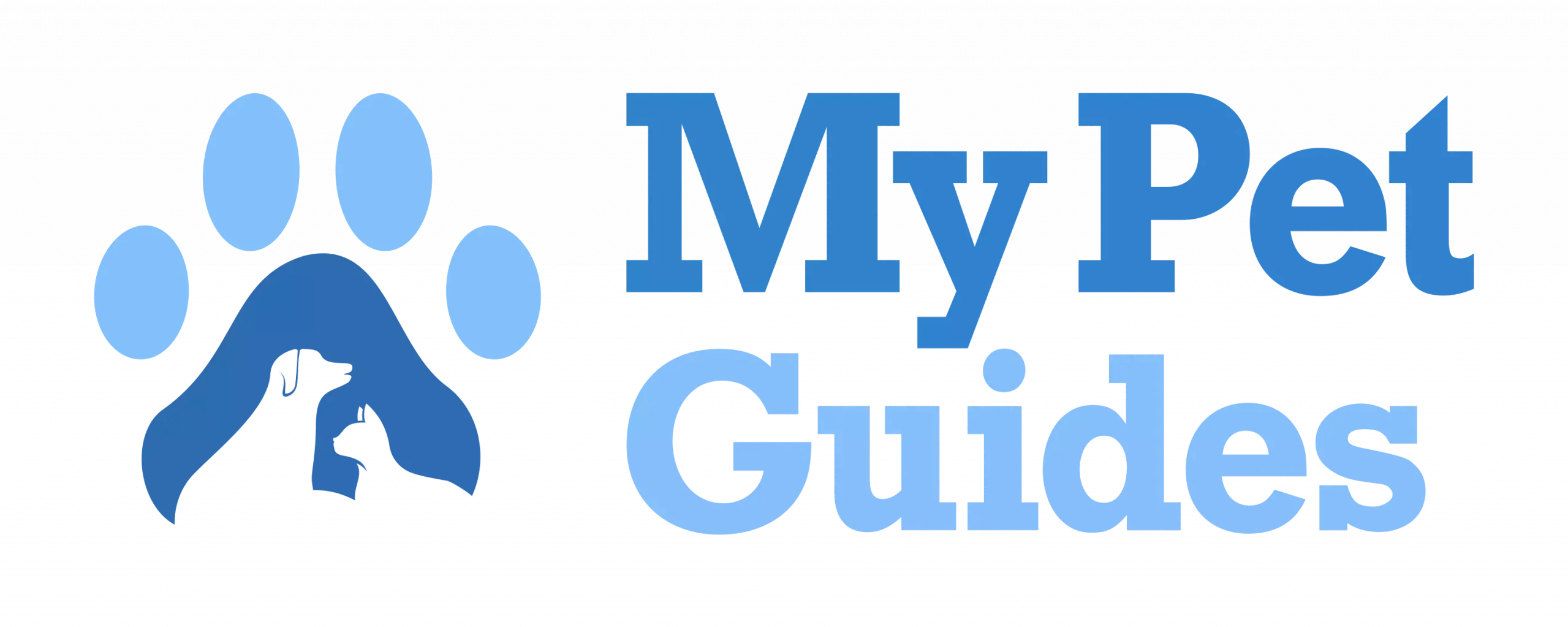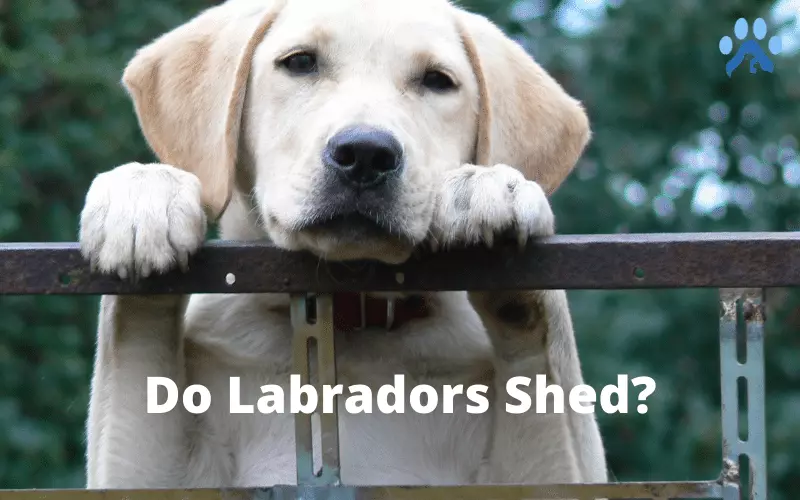If you ask me, “Do Labradors Shed?” I would say yes, it’s pretty sure. But I wouldn’t admit that they are cumbersome.
Several pet owners adopt this popular breed as their new home members every year. And the very first thing most of them fear is, “How much do Labrador retrievers shed?“
According to researchers, it’s very natural for dog breeds to shed, whether single-coated or double-coated dogs. But the primary difference between their shedding nature is the origin and types of coating they have.
Labradors are no exception in that term. They might not be as heavy shedders as people assume. But even for a little, they do shed. Before adopting a Labrador, you must have a good understanding of its shedding level. And in this article, we intend to break those facts upfront!
Why Do Labrador Retrievers Shed?
Like its name, Labrador Retriever was trained to serve as a working pet for their masters. People who were professional hunters had these species to assist them in retrieving the prey they used to shoot. More so, these dogs also played as good assistants to fishers onboard.
With all these wildlife chores, Labradors had developed a unique outer coat on their body that was pretty environmentally friendly to protect them from winter elements. Over the decades, they have adapted to maintain this coat’s health through seasonal molting.
Their coat health practically consists of a two-stepped layer. The outer coat of hair is too coarse and has a waterproof layer, while the inner one is dense and cozy.
During seasonal changes, especially during the autumn period, Labradors need to have a change of their summer coat. It helps them adapt to the winter seasonal needs. On the contrary, they change winter coats during late spring for summer survival.
Therefore, even though a Labrador Retriever sheds, excessive shedding isn’t bound to happen until the molting season arrives, which means in the last period of Autumn and Spring. Any signs of excess hair beyond this time are a reason for concern. So, be alert to take them to the vet.
How Worse is Labrador Shedding Level?
Like I said, Lab’s shedding isn’t unmanageable. And that mainly gives you an idea of how much one Labrador can shed daily. But to provide more specific details about their shedding characteristics, we need to dive deeper into their bodily customs.
Labradors are dogs with a good temperament and high intelligence. Their outer coat is usually water-repellent, and their undercoat is incredibly dense and soft, giving them a distinctive look. However, their warm undercoat also leads to excessive shedding, which increases with age.
Their inner layer of hair has a fluffy and cozy custom, making shedding quite evident. However, these dogs might shed comparatively too much during the molting season.
Considering the upcoming seasonal requirements, it practically happens because the molting season is for changing the dead undercoat into something much denser or lighter. It’s called “Blowing Coat.“
For instance, their inner layer stays fluffier and denser in winter, protecting them from the freezing cold. On the other hand, when the summer season arrives, the same inner layer becomes much lighter in texture to provide ventilation through the outer layer.
So, if you ask, “When do Labradors shed the most?” It’s in the molting season. You might need to brush your Lab occasionally throughout the molting period. Other than that, you will be doing good year-round with only grooming your pet once a day.
Comparison Between Labrador and Other Breeds Shedding
When we compared Lab shedding levels to the other dog breeds’ shedding, finding an exact comparison result wasn’t easy. Some dogs shed quite too much than Labradors, whereas some shed less.
Being double-coated breeds, Labradors don’t always shed the heaviest as other single-coat or double-coat dogs. It’s clinically proven that many single-coated dogs can be the heaviest shedders. It essentially depends upon the breed types they belong to.
Labradors are pretty much moderate in year-round Shedding. Because they have a genetic shedding issue, it concludes their reason for shedding throughout the year. Also, due to the fluffiness of their inner coating, they showcase a heavy shedding trait.
On the other hand, a few individual dogs, like the Rottweilers or German Shepherds, have shed much more than the breed average. These dogs have the same double-layer coat as Labradors, but their fur is longer than their casual fur.
However, other breeds have coats with longer fur than Labradors but still shed less. So, if the majority counts, I would say Labradors are pretty much moderate shedders and not the heaviest ones.
You can offer your Lab a healthy life with proper grooming and a healthy diet. You won’t need to clear up the loose hair mess now and then while having a hassle-free day with your pet.
How to Manage Labrador Shedding?
Labradors shed a lot. But you can still live with it and even love it if you have the right tools and information to manage the process. To keep your home comfortable, healthy, and dog-hair-free, follow these steps:
Regular Grooming

Brushing your Labrador is the most effective way to manage your pet hair shed. It helps you remove the dead hair in just a few minutes, rather than having them spread all over your home. Sometimes, a Labrador needs extra brushing during molting season and for bathing. However, brushing can be done as little as once or twice per week for regular care.
De-Shedding Tool Kit
There is a de-shedding tool, no matter what breed of dog you have. These grooming tools remove dead hair from your pet to reduce excess shedding. In that case, a handheld hair remover works quickly and effectively in removing specific amounts of hair at once. Many also come with a bristle brush that can help keep your dog’s coat healthy-looking.
It may also help to have a high-quality vacuum cleaner to collect animal hair. Using these tools will let you keep your home free from damaged hair like you want.
Enlist an Expert
Hiring a professional dog groomer might be a good idea if your dog has an extra-thick undercoat. A groomer can bathe them, brush their fur follicles, and even provide other services such as nail trims. Having an expert who offers you advice on dog grooming over time will give you the best results and make the experience as painless as possible for your pup.
Don’t Shave
While some Lab owners will consider shaving their furry friend, this is a big no-no. Labrador coats have evolved to protect the skin and body perfectly. They keep the skin safe from sunburn, dryness, and excess moisture or dirt. Shaving can also disrupt your Labrador’s body temperature regulation and health condition. It has a negligible effect on shedding.
Final Thoughts
So, Do Labradors shed? Do Lab puppies shed? How much do labs shed? I hope you’ve found the answers to these questions already.
We have also heard queries like, do black labs shed? Or do yellow labs shed? The good news is that no matter what color your lab pup is, expect to deal with a fair share of fur. Black or yellow labs shed about the same amount of hair so you can handle it!
If you’re still unsure, reach out to us. We’d love to answer your questions, and we can help guide you towards the right dog for you.

